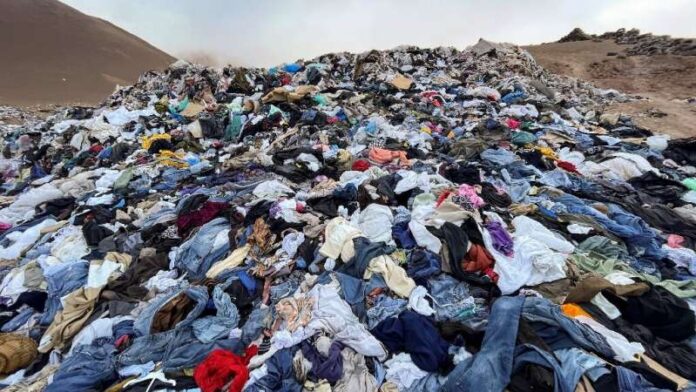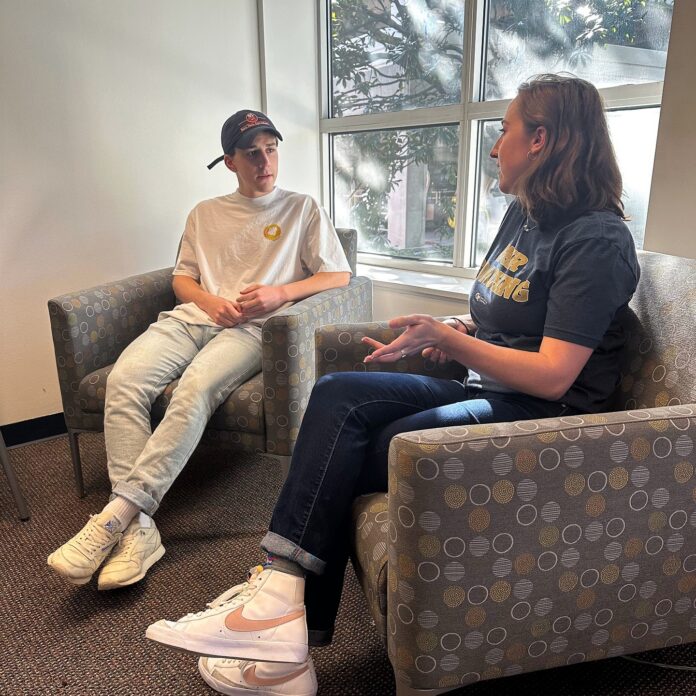The temperature is cold as you wait in the security line at the airport. The line is going slowly and the TSA is constantly notifying the travelers about what to do when it is their turn to put their items in the bin and wait to be checked on. Finally, you get to the bins and grab one and put all items into their respective bins and wait for the agents to command you to walk through the detectors. As soon as you walk in, you go to the bins and grab your items and quickly get to your gate where you get on your plane and sit down and travel to your destination. Throughout this entire experience, you fail to realize how many people are traveling to and from the airport and how many people are touching everything and how many bacteria and viruses are spreading among these travelers.
Bacteria and viruses can easily spread to one person by different means, such as through the air, contact, exchange of bodily fluids, and improper hygiene (“Fast Facts About How Bacteria Spreads”, 2018). Airborne exchange is through the discharge of microbes by a person who is infected as they cough, sneeze, and laugh (Maine Center for Disease Control & Prevention, 2018).
In the airport, different things are being handled by numerous individuals constantly. In 2014, a Today correspondent went to an airport and tested different surfaces for bacteria or viruses. In the test, the correspondent had positive results for the security bins to have traces of fecal matter (Rossen & Davis, 2016). The bins tend to be significantly revolting mainly due to the bins being handled constantly by individuals. In order to clean these bins immediately, it would be inefficient and possibly hold up passengers and slow the security clearance process.
During the travel process, other areas that may contain huge amounts of viruses or bacteria are within the airplane itself. When sitting in an airplane, an individual is accustomed are not only sitting next to many individuals where illnesses could spread easily, but the equipment or seating contains lots of the bacteria or viruses. In a study by TravelMath, there was a test of different places around an airplane and a sample from the tray table had way more bacteria on the table than the flush buttons in the airplane bathrooms (“Airline Hygiene Exposed”, 2015). When also in an airplane, the airport seat pocket is another dirty location for many reasons. On the seat-back pocket MRSA and bacteria E coli was found which lasted for long periods of time (Fottrell, 2018). MRSA is a type of staph bacteria which can cause many skin infections pneumonia or other health issues (“General Info about MRSA”, 2016). These surfaces are constantly being touch by hundreds of people with the bacteria being spread easily, but with certain safe measures, it will be easy to cope and prevent being ill from such. Typically, in airplanes, the seats are immediately cleaned after all passengers have left, but the cleaning completed is not proper. The cleaning is quick in order to seat the next batch of passengers. In the pockets, passengers usually store used napkins, diapers or other trash into these pockets during their flight and cleaning these locations are usually left alone. Based on a study from Auburn university, germs survive up to 7 days on the seat pocket cloth (Clardy, 2014). With these different sites for bacteria, they help the spread of many different diseases.
Different diseases are spread among different individuals with ease at airports due to the huge influx of people. In the airport, various items are constantly being touched by people, and the different viruses and/or bacteria are spread. In a 2018 study, researchers from Helsinki collected surface and air samples during peak season travel dates from Helsinki Airport and the samples tested positive for respiratory viruses such as Rhinovirus, Adenovirus, Influenza A, and many others (Ikonen ,2018). In airplanes and airports, people are always within close proximity with each other, and these various illnesses are easily spread through a simple cough or sneeze.
Different measures could be implemented by a traveler to prevent them from getting ill. A possible solution to such is to take disinfectant wipes along with you in a carry on or personal item that allows you to clean the surface of different places you could potentially touch such as the airport tray table or airport seat or whatever. Another solution would be to keep travel sized hand sanitizer to use once you have touched things such as the airport bins or other things. Lastly, try to be cautious on what you touch as it could be the cause of whether or not you could be getting sick.
References:
Clardy, M. (2014). Auburn researchers say harmful bacteria can survive for a week inside airliner cabins. Retrieved from http://ocm.auburn.edu/newsroom/featured_story/airliner.html#.XAA1GmhKiUk
Fast Facts About How Bacteria Spreads | Nova Biologicals. (2018, May 29). Retrieved from https://www.novatx.com/antimicrobial-testing/fast-facts-about-how-bacteria-spreads/
Fottrell, Q. (2018, April 15). Take this seat on an airplane to reduce your chances of getting sick. Retrieved from https://www.marketwatch.com/story/this-is-how-germs-and-infectious-diseases-spread-on-airplanes-2018-03-20
Rossen, J., & Davis, J. (2016, October 14). Oh no! Filthy secrets about germ exposure during airline travel. Retrieved from https://www.today.com/news/oh-no-filthy-secrets-about-germ-exposure-during-airline-travel-1D79826980
Maine Center for Disease Control & Prevention. (2018). Division of Disease Surveillance. Retrieved from https://www.maine.gov/dhhs/mecdc/infectious-disease/epi/airborne/index.shtml
Niina Ikonen, Carita Savolainen-Kopra, Joanne E. Enstone, Ilpo Kulmala, Pertti Pasanen, Anniina Salmela, . . . Petri Ruutu. (2018, August 29). Deposition of respiratory virus pathogens on frequently touched surfaces at airports. Retrieved from https://bmcinfectdis.biomedcentral.com/articles/10.1186/s12879-018-3150-5


